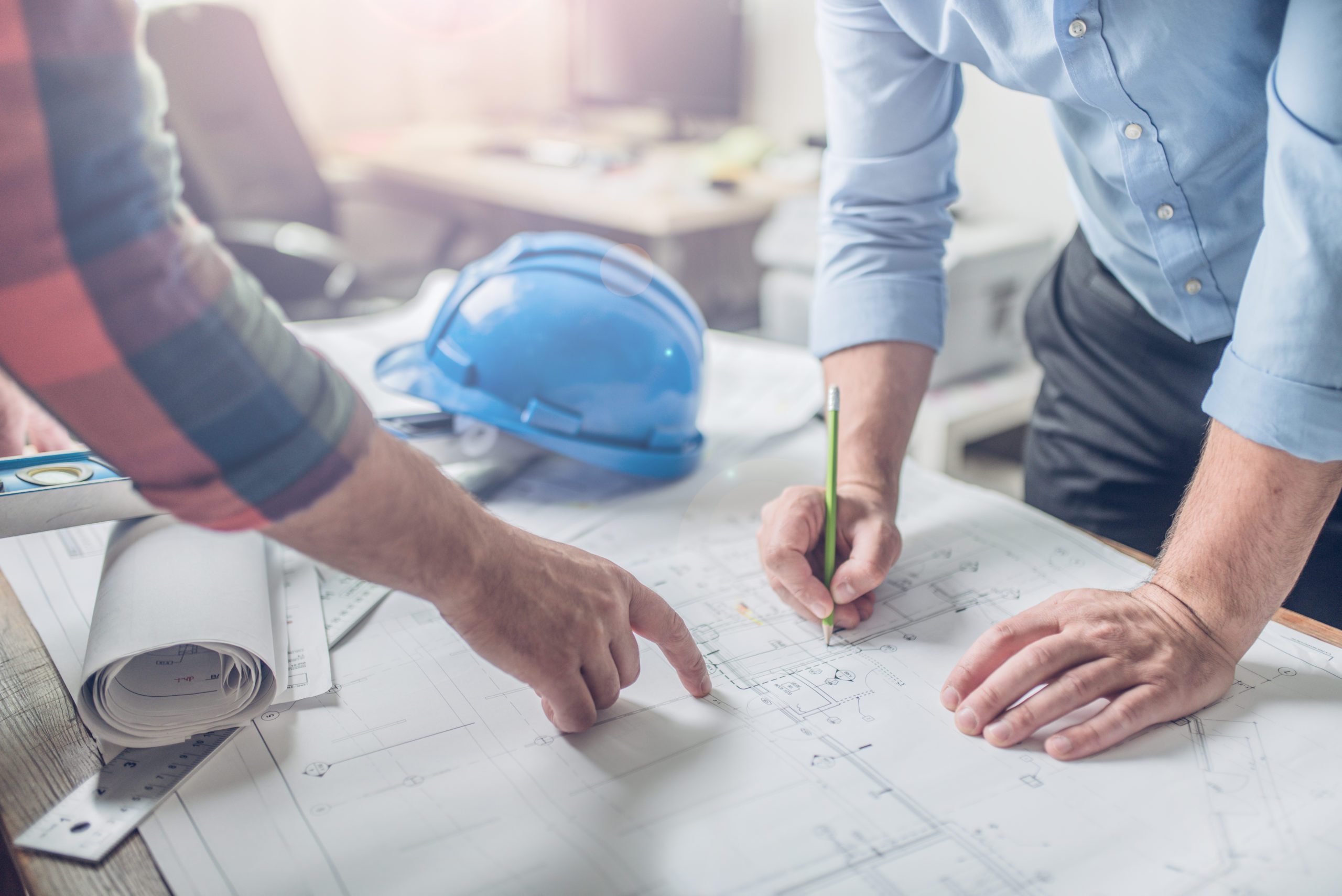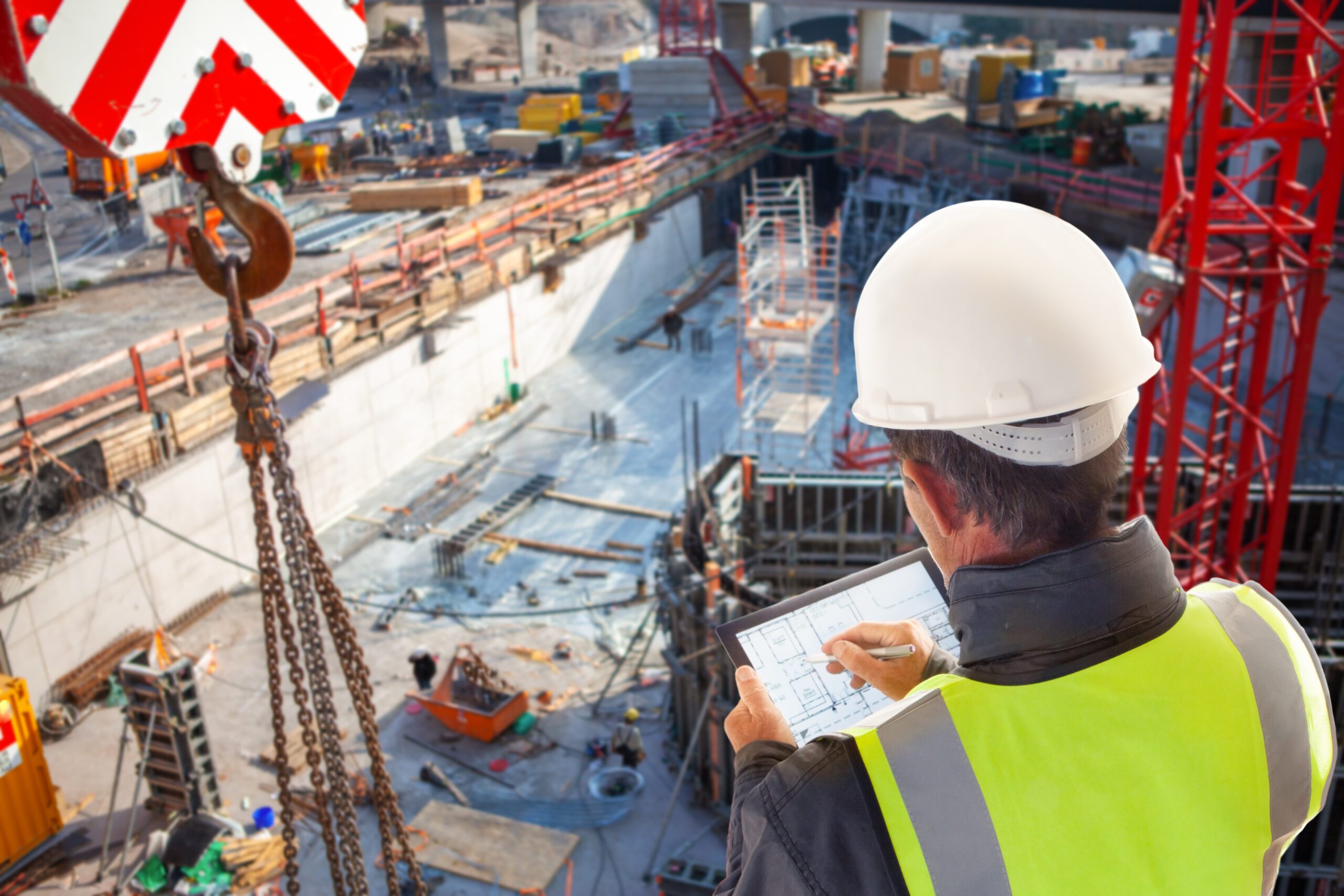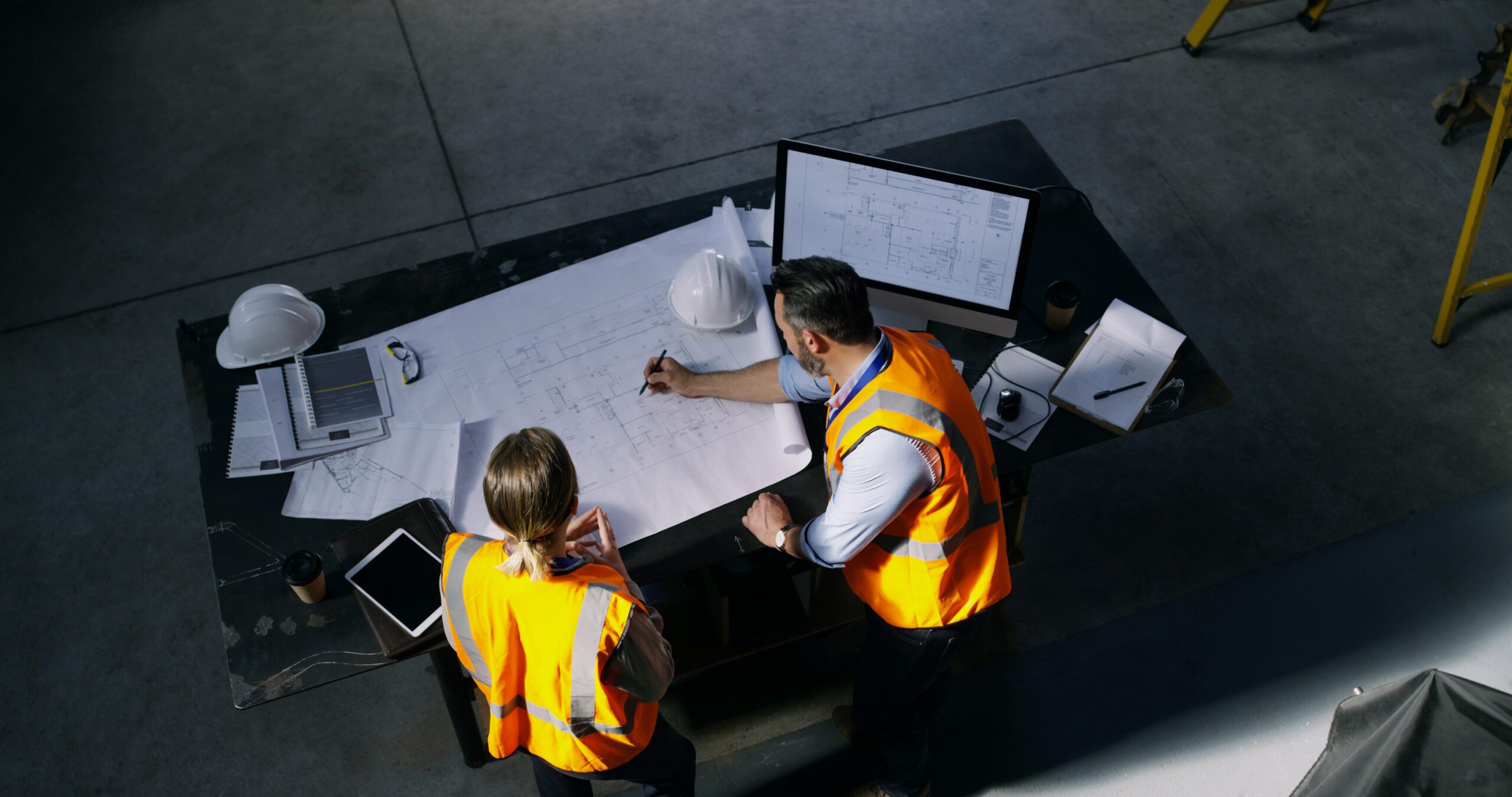Estimating Costs Is Challenging – But Crucial to Business Success. Here’s How to Get It Right
By Frank Richardson and Chris Thomson
Estimating Construction Projects is a Science and an Art
Experienced construction estimators know that estimating large and complex commercial projects is both a science and an art. That’s true whether your organization is the contractor planning the project or the owner of the built asset. And it’s especially true when estimating labor costs.
The science of estimating is based on data: historical numbers from previous projects, current numbers based on trends, forward-looking numbers drawn from external sources.
The art of estimating relies on experience. After you estimate enough projects, you gain a feel for when an estimate feels high or low.
Trouble is, art isn’t consistent or repeatable. You might nail an estimate today but badly miss tomorrow. That fact can have negative repercussions for your business.
But what if you could transform estimating so that it’s less art and more science? With the right data and technology, you can. In the process, you can make labor cost estimating a competitive differentiator and a driver of business success.
Why You Need Accurate Construction Estimates Now
U.S. construction activity is forecast to ramp up in 2022, especially as COVID-19 wanes and organizations return to the office. Construction costs will likewise continue to rise by up to 7% over the next year.
Labor costs climbed 4.5% in 2021, largely due to scarcity of qualified workers. They’re expected to grow at a similar pace in 2022. President Biden’s Executive Order on Use of Project Labor Agreements could drive further increases for large federal projects.
These trends highlight the importance of accuracy in labor cost estimates. After all, in the US, labor typically accounts for up to 40% of a project’s budget.
The Threats of Underbidding and Overbidding
The biggest risk in estimating is underbidding or overbidding. Underbid, and your company will realize slimmer margins or even lose money. Overbid, and you risk missing out on the business altogether. Either way, a serious miscalculation could put your enterprise in jeopardy.
Of course, contractors and owners have different mindsets when it comes to under- and overestimating. Owners want estimates on the higher side, especially for government contracts. That’s because if bids are substantially higher than their own estimate, they need to consider narrowing the project scope.
Contractors want estimates to be low enough to win the contract but high enough to earn a profit. In a lean market, they might bid lower than they normally would, accepting that they’ll earn a lower profit. That will let them maintain cashflow and retain their workforce, avoiding business interruptions and layoffs.
Understanding Knowns and Unknowns
Why are under- and overbidding so common in estimating costs? Because in estimating, there are knowns and unknowns. And labor involves a lot of unknowns.
Equipment and material costs are almost always easier to predict. Yes, pricing and availability of equipment and fuel can vary. But whether you own, lease or rent, equipment essentially costs what it costs.
Likewise, pricing for materials such as timber and steel can be unpredictable – especially as tariffs are implemented or repealed. But overall, material costs what it costs.
Labor isn’t so cut and dried. Sure, there’s a going rate for particular talent in a particular market, and union labor rates aren’t negotiable. But many factors that affect labor costs are unknowns. Most notable is productivity, which can have a huge impact on the cost of labor.
Productivity is Affected by Three Key Factors:
- Location. In an urban environment, it takes more time to move equipment and materials than in a suburban or rural environment. In a remote area, in contrast, you might not have access to local labor, and bringing in outside labor can take time.
- Congestion, especially in interior spaces. If the project requires a lot of workers to be onsite simultaneously, they can get in one another’s way, slowing things down.
- Security. Getting workers into and out of a high-security site on a daily basis takes time. And security protocols can slow the work itself.
How to Use Data and Technology for Accurate Cost Estimates
The good news is that the right data and technology can help you turn unknowns into knowns – and get control of material, equipment, and labor costs.
Start with a trusted advisor that has extensive experience in estimating labor costs. It’s crucial to have valid baseline numbers that are built on real-world scenarios and that factor in both historical data and current trends. A qualified consultant can provide reliable baselines that break down costs by prep-work time, direct-work time, and nonproductive time.
Then, effective software can equip you with purpose-built tools to help make consistent, accurate cost estimates. The solution should allow you to work with many thousands of unit line items that are researched, validated, and routinely updated by knowledgeable cost engineers.
A cloud-based platform can give key stakeholders access to projects from any location and on any device. A dashboard view should enable you to review estimates through a single interface, with a real-time view of estimate status. Collaboration features should allow multiple estimators to work together and co-edit as needed.
As the volume of construction projects increases, and as construction costs remain volatile, cost estimating will be a challenge. But with the right data and technology, estimating labor costs can become consistent and accurate – and help contribute to business success.
CostCenter for Construction Estimates
CostCenter’s cost estimating tools give you the power to create detailed estimates backed by accurate construction cost book data. If you’re looking to utilize intuitive estimating software to place better bids, visit costcenter.com.
About the Authors
Frank Richardson is the Senior Cost Analyst for CostCenter’s database of constructive tasks and assemblies. CostCenter is an advanced facility lifecycle solution that empowers professionals with cost estimating tools and current cost data.
Chris Thomson is a Senior Professional Engineer for Acuity Engineering and Consulting. By applying sustainable business practices, proven project management techniques, and effective cost analysis and engineering principles, Acuity Engineering and Consulting helps our clients manage costs, risks, and schedules.


 Mark Clark is a Senior Cost Consultant with over 30 years of experience managing commercial and residential projects. He is experienced in all phases of construction and renovation and is knowledgeable in compliance standards relating to all government regulations and codes. Mark has supported various large and small-scale projects in the private and public sectors.
Mark Clark is a Senior Cost Consultant with over 30 years of experience managing commercial and residential projects. He is experienced in all phases of construction and renovation and is knowledgeable in compliance standards relating to all government regulations and codes. Mark has supported various large and small-scale projects in the private and public sectors.

